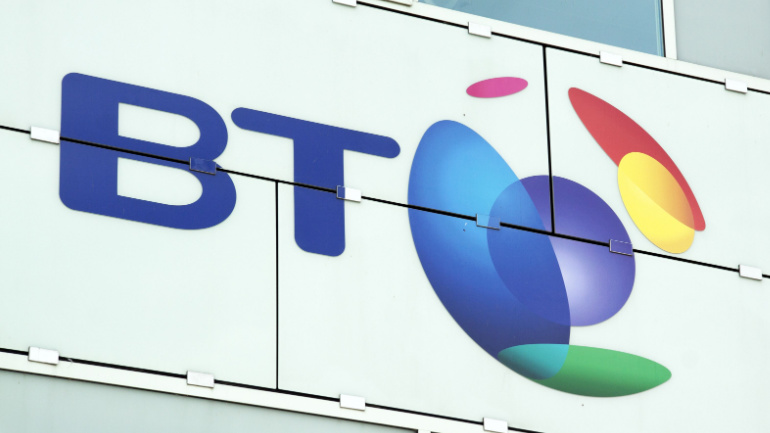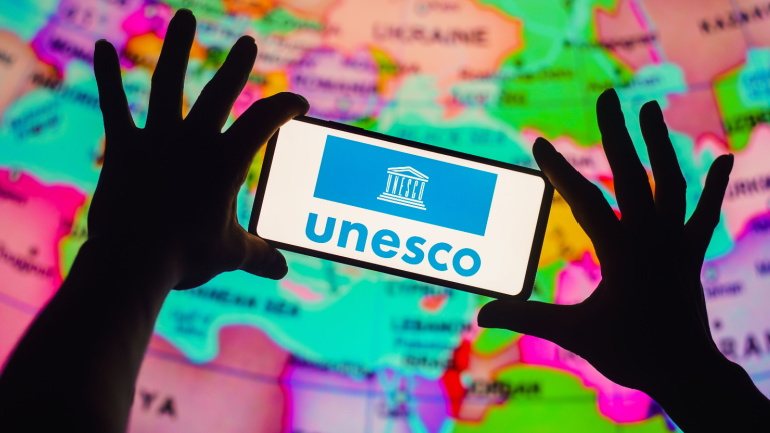Unveiling a concerning revelation in the telecommunications network, inside sources disclose that a vast number of personnel are bypassing “whereabouts rules”, exposing client companies to potential cyber threats. Learn about the delicate balance between accountability and security as we explore the disquieting trend and potential remedies within this intricate reality.
In a significant development, the National Telecommunications and Information Administration (NTIA) has released updated guidelines for the $42.5 billion Broadband Equity, Access, and Deployment (BEAD) program. The revised framework, known as Uniform Guidance, outlines rules and requirements for federal financial assistance awards and subawards, aiming to enhance the efficiency of the grant management process.
In a groundbreaking shift, artificial intelligence (AI) is revolutionizing material discovery, unlocking new possibilities in renewable energy, semiconductors, and pharmaceuticals. GlobalData, a prominent data and analytics firm, asserts that AI is spearheading a transformative era in research and development, dismantling traditional barriers and fueling unprecedented advancements in material science.
Navigating the challenging mandates of the dynamic telecommunications world, UK’s premier telecom operator, BT, stumbles upon an obstacle. The company has failed to adhere to the deadline for the complete removal of Huawei equipment from its core network. The deadline, already deferred twice, raises doubts over the telecom titan’s ability to successfully transition away from Huawei’s infrastructure within the stipulated timeframe. A UK law dictates all network carriers to rid their systems of Huawei equipment by the end of 2027.
House Republicans are seeking clarity from the NTIA on its stance on Broadband, Equity, Access, and Deployment (BEAD) program initial proposals, pertaining to potential rate regulations. They argue such regulations may contravene the Infrastructure Investment and Jobs Act (IIJA) directives. Amid rising concerns, Louisiana becomes the first state to have its BEAD program approved.
In the narrative of AI revolution, the telecom sector often remains overshadowed. Juniper’s ‘Top 10 Telco Trends 2024’, highlights how AI dominates even in this crossroads digital landscape. However, a critical question evolves – is our telecom infrastructure ready to steer the AI wave? As we plan to create AI-powered golden era, it’s imperative that our static infrastructures are fit for purpose to manage this data deluge.
In a collaborative effort, UNESCO and Huawei have contributed to the advancement of education in Ethiopia through the Technology-enabled Open School Systems for All project (TeOSS). This initiative, part of Huawei’s TECH4ALL program, has been operational in Ethiopia, Egypt, and Ghana since 2020, with a recent donation ceremony held at the Ethiopian Ministry of Education.
Nokia, in collaboration with the HellasQCI consortium, has achieved a significant milestone in the realm of quantum-safe connectivity infrastructure. The joint initiative aimed to assess the viability of quantum-safe solutions across diverse sectors, including government, research, education, defense, law enforcement, and private sector critical infrastructure owners.
In the third quarter of 2023, Ookla Speedtest Intelligence data reveals a robust global uptrend in fixed network speeds. The median download speed for fixed networks worldwide reached an impressive 83.95 Mbps, marking a substantial 19% increase from 70.3 Mbps in the same quarter of 2022.













